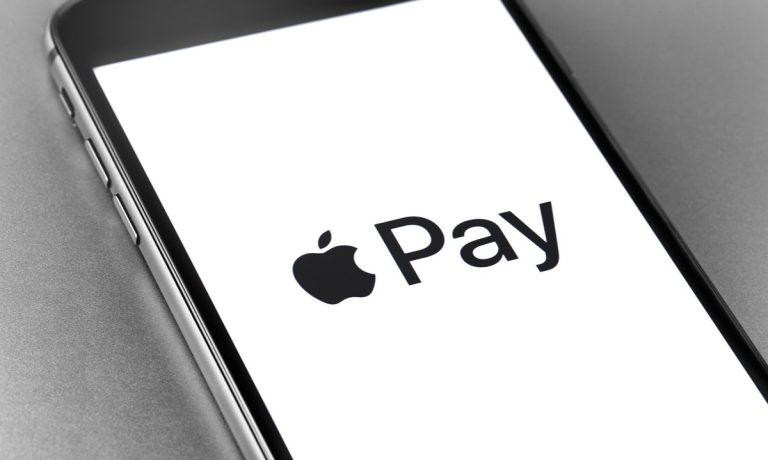
For Apple … First off: the size of the fine may not matter much. But the impact to the business model, to the tech giant’s competitive standing … well, that will matter.
In the European Union, of course, Apple is staring at a fine that will be the equivalent of several billions of dollars, tied to its near field communication (NFC) chip technology utilized in Apple Pay.
At the heart of the matter is how the company allows access to its payments functions, or more accurately, doesn’t allow access. That chip, and by extension, the tap-and-go functionality, are accessible only by Apple Pay.
In terms of the mechanics, the fine could be as much as $27.4 billion, based on a percentage of the latest year’s total top line of $274 billion.
We note that the latest quarterly report and financials show that the company’s cash and equivalents were a bit more than $34 billion — and it’s unlikely to be paid as if the company were simply cutting a check. The fine, of course, will not cause undue hardship on a company that is generating more than $80 billion in operating cash flow annually.
But the NFC chip — which lets data be transferred in the service of making contactless payments — may be cited in the European Commission’s “charge sheet” that will ostensibly list practices by the tech behemoth that, in the commission’s eyes, are anti-competitive. Those charges would come as Dutch antitrust regulators are also looking at Apple Pay and the competitive environment tied to NFC, and by extension whether limiting other payment apps’ access to the chip winds up hobbling end consumers’ freedom of choice.
If changes beyond charges are on the horizon, and Apple is ordered to broaden access to the payments tech, that would thus deepen the competitive environment for payments even as the company continued to roll out hardware that use NFC and Apple Pay to forge connected economies.
That could have repercussions across the pond. The recent legal jousting with Epic might offer some hint as to what’s to come. Apple, of course, must allow app payments outside of its App Store, which is a bit of sea change for that business model.
Who’s Using Apple Pay
In a recent PYMNTS study, we found that only 6 percent of people with iPhones in the U.S. use Apple Pay in store when that’s a viable option (where, notably, 70 percent of merchants are enabled to accept contactless payments). But within the services segment, where Apple Pay resides as a revenue contributor, the contactless transactions could equal as much as $4 billion in the near term (say, in 2023), according to sites like Statista.
Read also: Seven Years Later, Only 6% of People with iPhones in the US Use Apple Pay In-Store When They Can
The total services line in the latest fiscal year stood at $53.8 billion — so any chipping away at Apple’s payments “positioning” may not move the needle much for the company. But the regulatory gaze is unlikely to falter anytime soon, which in turn signals more changes to the company’s business model on the horizon.